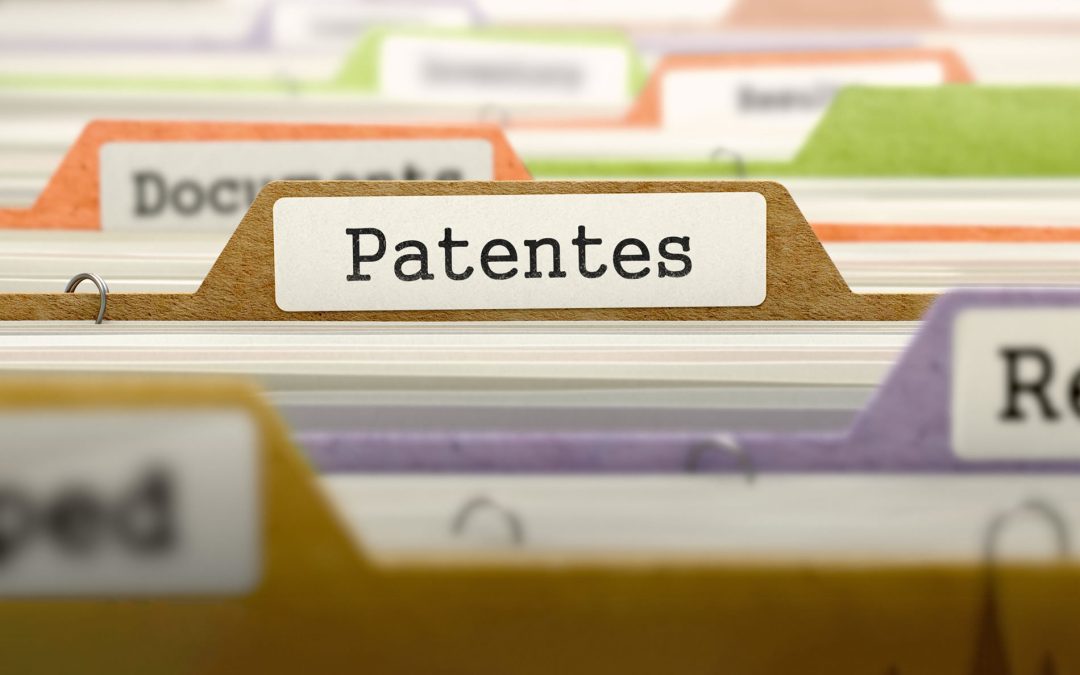

HOW A COOLER BRAND ICED AN NHL TEAM
As NHL fans may have heard, the Utah Hockey Club recently narrowed their list of possible team names down to three possibilities: Utah Mammoth Utah Hockey Club Utah Wasatch * * - one day later ‘Wasatch’ was swapped out for ‘Outlaws’ after a single day of fan...

WIPO Member States adopt Riyadh Design Law Treaty
On November 22, 2024, WIPO approved the Riyadh Design Law Treaty. The Riyadh Treaty intends to make the framework for design protection procedures more predictable and affordable. The Treaty seeks to make it easier for designers by providing a pre-defined framework of...

Patent protection for ai-assisted and ai-generated inventions: a patent examination guidelines approach
Rodrigo Guerra M. e Silva - State University of Campinas - Institute of Geosciences - Department of Scientific and Technological Policy – Brazil Alexandre Guimarães Vasconcellos - Division of Graduate Studies and Research of the Academy of Intellectual Property,...

Unravel the mysteries of the trademark opposition and appeal process in Canada with amy thomas – a critical journey to protect your brand and strengthen your market power
Honour in Collaboration: Moffat & Co's Role in Shaping "Trademark Opposition and Appeals in Canada" At Moffat & Co, we are thrilled to highlight our participation in developing the insightful and authoritative article, "Trademark Opposition and Appeals in...

CHALLENGES AND STRATEGIES WITH THE NEW CANADIAN EXAMINATION RULES
Kevin A. Jarzyna BScE (Mechanical Engineering) Registered Patent Agent in Canada; works with Moffat & Co and Macera & Jarzyna in Ottawa, Canada. E-mail: [email protected] Keywords: Canada, Patents, Examination Practice, Excess Claims With the...

Taking advantage of the patent prosecution highway between CIPO and the USPTO
By Eduardo Fonseca and Ashley Chu Read at THIS LINK. This article was published in the 13th edition of REVISTA the official magazine of ASPI

Bill 96 – impact on ip practice
by Mark Butler On June 1, 2022, the National Assembly of Quebec passed Bill 96, An Act respecting French, the official and common language of Quebec. The purpose of the Act, from the Explanatory Notes, is to affirm “that the only official language of Quebec is French”...

Client alert – changes to patent examination procedure in Canada
by Janice Kelland Recent amendments to the Canadian Patent Rules which will affect the cost of examining patent applications in Canada have just been registered and will be in effect before the end of the year. These requirements can be avoided if a request for...

Rebecca Huang – called to the bar
The Partners, Associates and Staff at Moffat & Co. wish to offer their congratulations to Rebecca Huang on her recent call to the Bar. Rebecca completed her articles with our sister firm Macera & Jarzyna LLP this spring and is now a freshly minted Barrister...

Federal court clarifies test for patent subject matter eligibility
By Jerome Bastien The Federal Court has recently issued a decision in the case of Benjamin Moore & Co. v. The Attorney General of Canada, 2022 FC 923. This case follows the Amazon decisions by the Federal Court and the Federal Court of Appeal, and the more recent...
Our
Clients
We have a diverse client base including local inventors and businesses, as well as multinational corporations. We represent the intellectual property interests of our clients in over 200 countries.
Our
People
Our professionals have advanced degrees in many fields such as engineering, law, business, and science, and we believe having a strong personal life is good for our business. It’s part of the firm outlook. At any given time, there is likely to be a Moffat & Co. professional arguing a case, another drafting a patent claim, and a third trekking across a glacier or perfecting a soufflé.